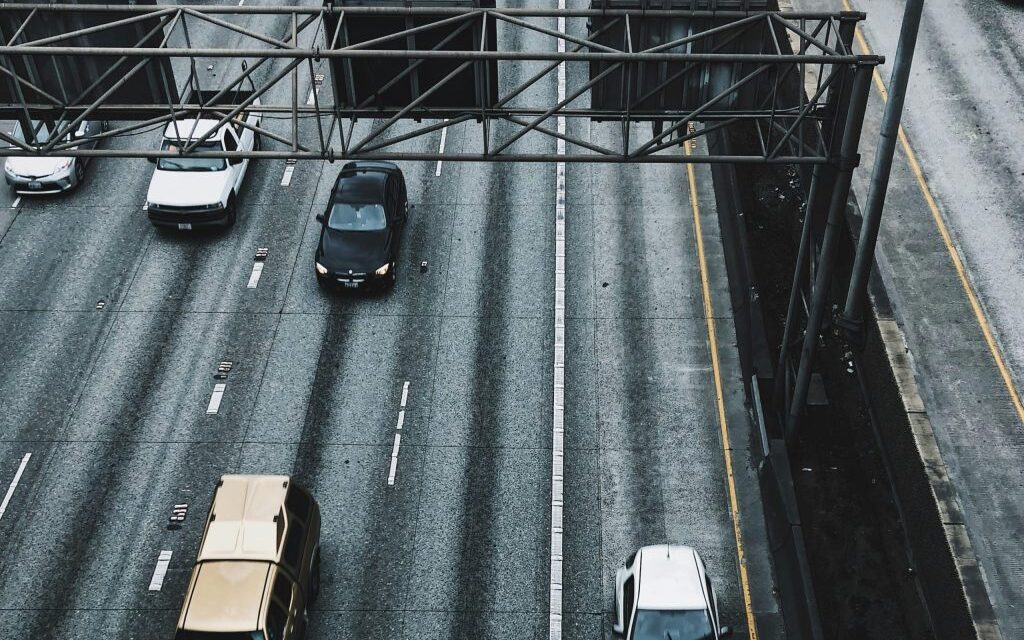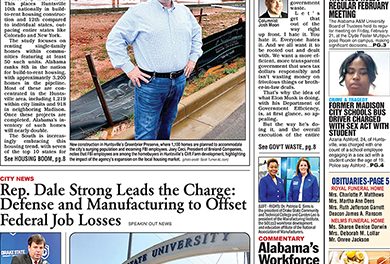
(Courtesy photo) Credit: Courtesy Photo
By Ryan Coleman
The Baltimore Beltway was first planned in 1949 by Baltimore County. The state eventually took over the project, becoming part of the Interstate Highway System planned in 1956. The length of the route from MD 2 south of Baltimore clockwise to U.S. Route 40 (US 40) northeast of the city opened in stages from 1955 to 1962, providing an Interstate bypass of Baltimore. It was the first beltway in the United States to be built as part of the Interstate Highway System.
The Global Traffic Scorecard for 2023 rated Baltimore as the 14th worst city in the nation for traffic delays. That ranking is up from 16th place, in 2022. Baltimore commuters lost 44 hours in traffic in 2023, compared to 35 hours in 2022. That amount of time led to drivers spending an extra $762 in commuting costs. The city lost $905 million as a result of the delays, the study found.
The Maryland State Mobility Report rates roadway segments that experience the highest levels of congestion throughout the state:
1. I-695 MD 139 to MD 45 Inner Loop 4.02
2. I-695 MD 45 to MD 146 Inner Loop 3.70 4 -2
3. I-495 Cabin John Pkwy to MD 190 Inner Loop 3.59 1 2
4. I-695 @ MD 146 Inner Loop 3.38 7 -3
5. I-695 @ I-70 3.16 5 0
Four out of the five of the most congested points are on 695. MDOT must start to invest money to ease the congestion on 695.

The Baltimore Regional Transportation Board ranked the top ten bottlenecks in the region. The most congested areas are:
1. I-695 IL @ Security Blvd/ Exit 17
2. I-695 IL @ MD-542/ Loch Raven Blvd/Exit 29
3. I-95 N @ Fort Mchenry Tunnel
4. I-695 IL @ I-83/MD-25/Exit 23
5. I-695 OL @ MD-144/FREDERICK RD/EXIT 13
6. I-695 OL @ Edmondson Ave/Exit 14
The number one delay is the I-695 and I-70 interchange. Afternoon congestion on the inner loop of the beltway with the greatest delays are between MD 144 and the lane drop at I-70. High-volume ramps from Security Blvd, I-70 and US 40 contributed to the congestion. Five of the six bottlenecks are on I-695.
The main issue on 695 is that it has only three lanes at I-70 and MD Route 45. This structure can not handle the traffic coming from I-70 and I-83. At the I-695 N (Arbutus) interchange at I-95 goes from seven lanes to four, which can’t handle the traffic.
MDOT’s plan would convert 19 miles of the fast lane shoulders in both directions on I-695 into new travel lanes between I-70 and Parkville, a move state officials said would cut about 15 minutes off rush hour delays that can stretch an hour or more. The Triple Bridges project would alleviate congestion at I-695 and I-70.
These projects must continue and still more must be done! MDOT must add two additional lanes in both directions to alleviate the three major choke points on 695.
MDOT has prioritized adding lanes to I-495 and I-270. Doesn’t the Baltimore Beltway deserve the same type of investment. Doesn’t the Baltimore region deserve a world class beltway?
The post Baltimore County residents want the state to address the congestion on the Baltimore Beltway appeared first on AFRO American Newspapers.











